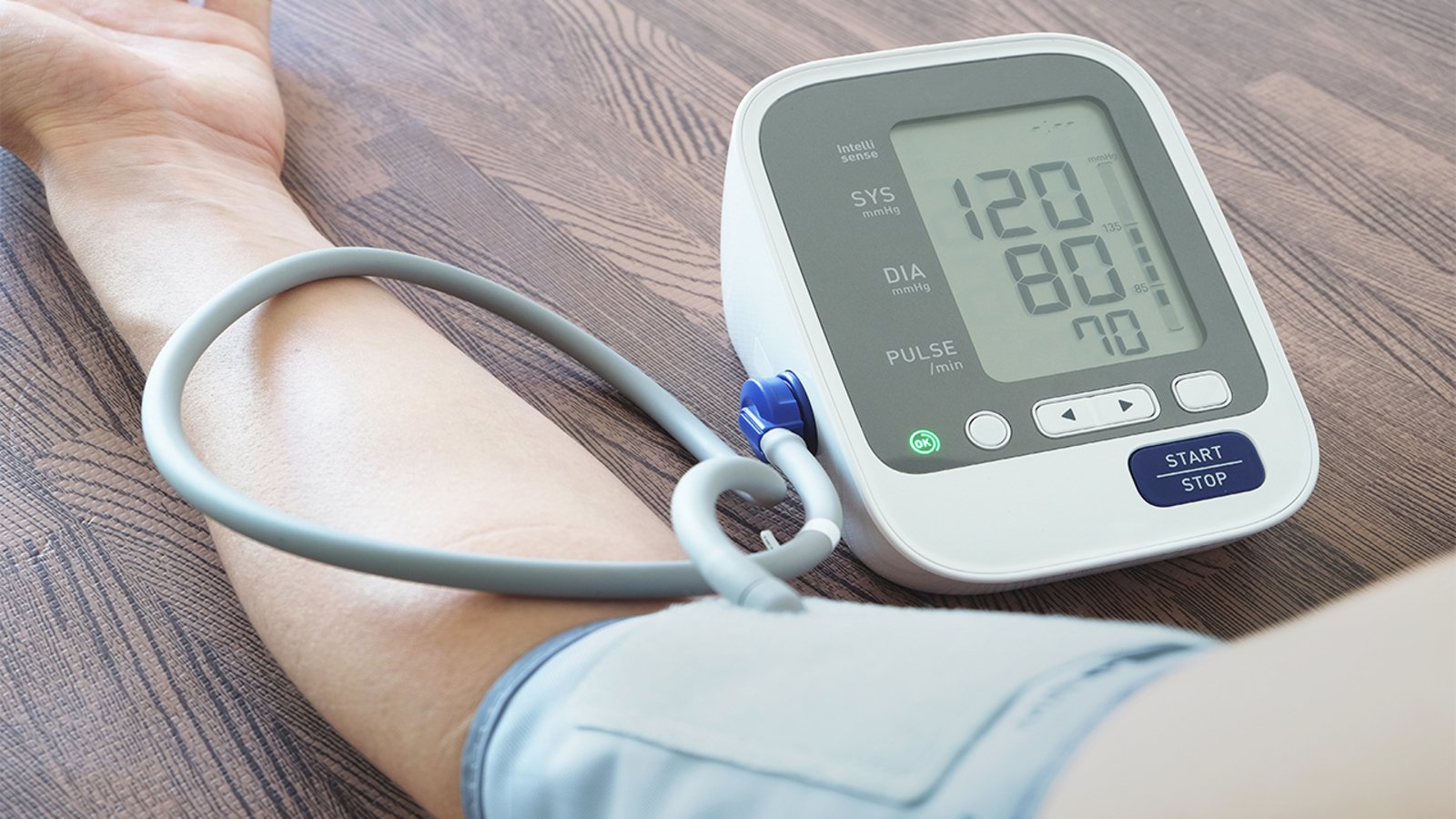As youth athletes strive to enhance their performance, understanding proper nutrition and supplementation becomes essential. For young athletes involved in intense training, the right dietary choices can make a significant difference in their athletic development. Here, we’ll explore the importance of nutrition for muscle growth, the role of creatine, and considerations for its safe use.
The Importance of Nutrition for Young Athletes
Youth athletes often face high training demands, balancing school, sports, and recovery. Meeting nutritional needs is crucial for optimal performance and muscle development.
Macronutrient Breakdown: To support lean muscle mass, a well-rounded diet should include adequate protein, carbohydrates, and fats:
Protein: Aim for 1.4-2.0 grams per kilogram of body weight. Protein aids in muscle repair and growth, which is essential for resistance training sessions.
Carbohydrates:
For athletes training 1-3 hours per day, a target of 6-10 grams per kilogram of body weight is beneficial to ensure adequate energy levels.
For those training approximately 60 minutes per day, a target of 5-7 grams per kilogram of body weight is usually sufficient to support energy needs.
Fats: Healthy fats should make up about 25-30% of total daily caloric intake, supporting overall health and hormone production.
Hydration: Staying well-hydrated is crucial, particularly when engaging in intense training sessions. Proper hydration supports recovery and performance.
Recovery: Emphasizing rest and recovery is essential for young athletes. Quality sleep and active recovery days help the body adapt and grow stronger.
The Role of Creatine
Creatine is one of the most researched supplements in sports nutrition, known for its potential to enhance strength and muscle mass. While typically associated with older athletes, creatine can be safe and beneficial for youth athletes when used responsibly.
Safety and Dosage: Recent research indicates that a daily dose of 3-5 grams of creatine monohydrate is sufficient for young athletes. Unlike previous recommendations, a loading phase is no longer necessary. It’s important to monitor hydration levels, as creatine can cause muscles to retain water.
Benefits: For young athletes, creatine can support:
Increased power output during resistance training.
Improved recovery between training sessions.
Enhanced overall performance in sports.
Consultation: Before starting any supplementation, it's wise to consult with a healthcare professional to ensure it aligns with individual health needs and training goals.
ConclusioN
For young athletes committed to improving their performance, nutrition plays a pivotal role in their development. By focusing on a balanced diet and considering safe supplementation options like creatine, young athletes can effectively support their training and growth.
Note: These recommendations are general and may not be suitable for everyone. It's always best to consult with a registered dietitian or healthcare professional to tailor nutrition plans to individual needs.
Maintaining a foundation of proper nutrition, hydration, and recovery is crucial to long-term success in sports.






